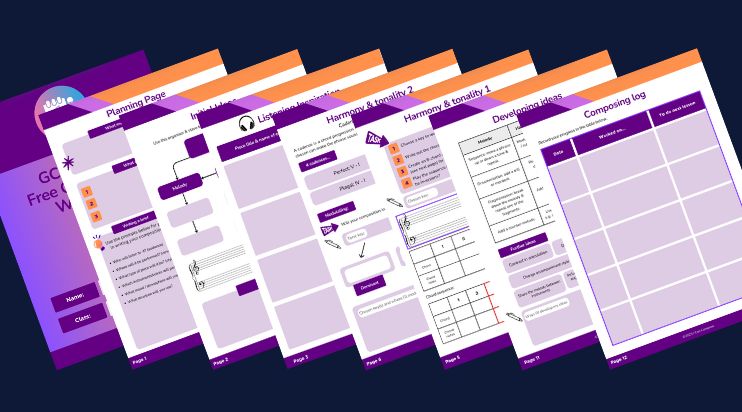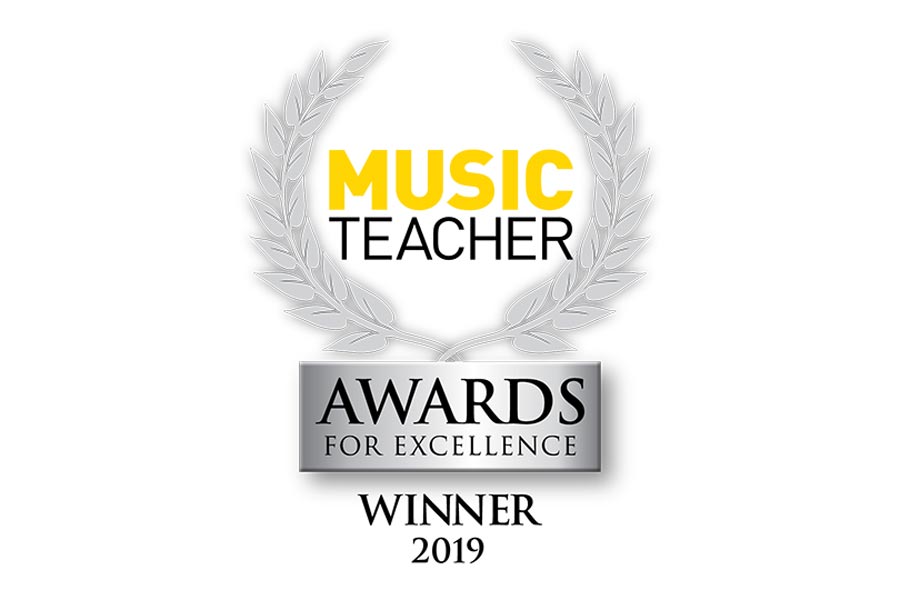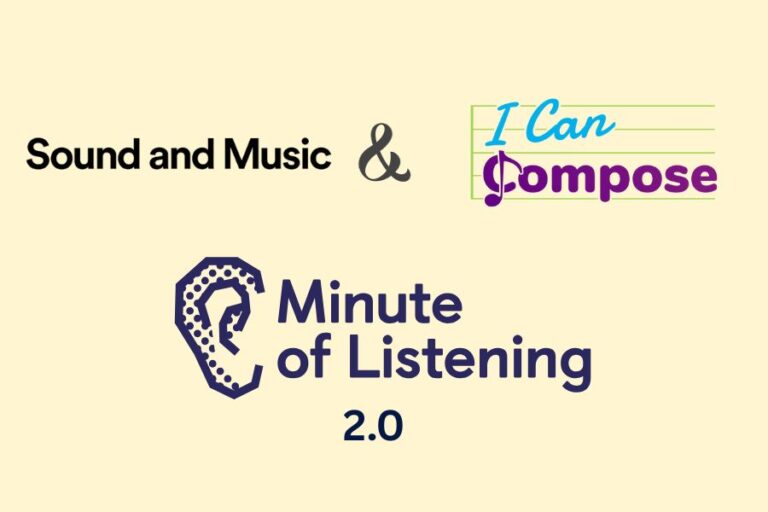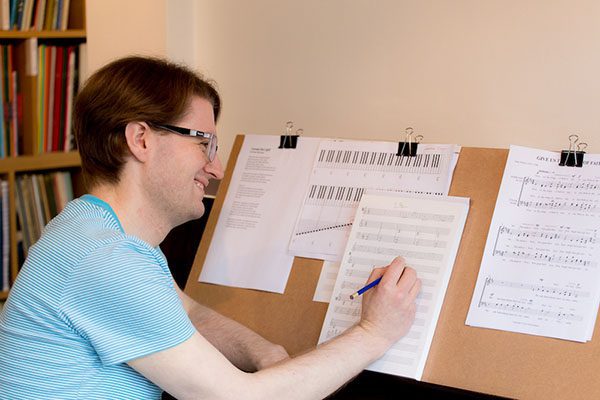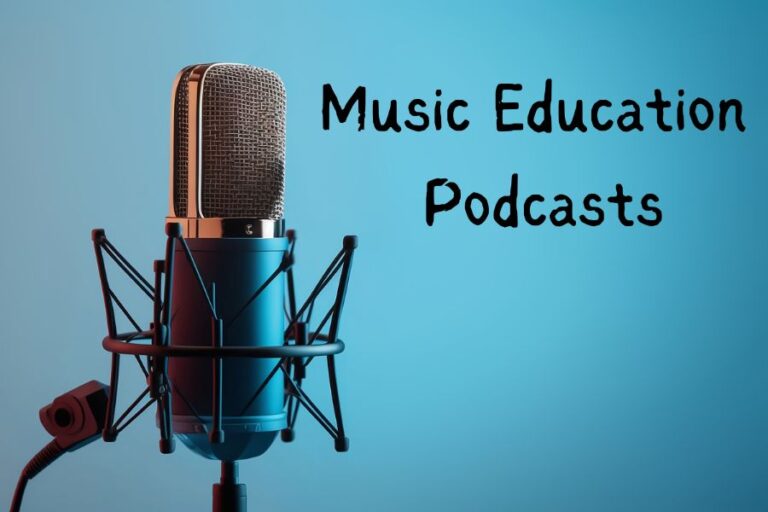Hi, I’m Rachel and I’m delighted to launch the first dedicated website for secondary level composition.
Let me start by introducing myself. I’ve been a secondary music teacher for 12 years and taught across the age range, in three very different schools. I’m a flautist and pianist, and have always enjoyed teaching composition. My methods and lesson plans have evolved and developed over time and I constantly review my practice and approaches. I occasionally looked online for composition resources and ideas, but found very little. So I started to put together the content for a new online platform where students could go to find inspiration and guidance for creating their own music.
Putting together this website has been a steep learning curve for me, as I’ve tried to translate my classroom approaches and ideas into an accessible online format that all students can use.
My approach
Some people would argue that composition cannot be taught. It’s creative and free, and something which comes naturally (or doesn’t). These people probably aren’t music teachers with a weekly GCSE and A level composition class on their timetable! Every teacher has a different approach to composing because it is, indeed, a creative process and one that is quite personal. Some teachers are prescriptive whilst others give pupils a lot of ‘freedom’. I think I’m somewhere in between. What I’ve always tried to do is to imagine that I’m sitting in my own lesson – would I manage that task? What questions would I ask? When will I get bored and need a change of activity? Doing this helps me to ensure that the lesson has purpose, pace and attainable goals. In building this platform, I’ve endeavoured to incorporate these things into the composing courses.
What I’ve found over time is that students appreciate structure and seeing a working model. Where possible, I start to compose a piece alongside the class so that they can see and hear a composition being worked on and developed. At the start of each lesson we spend a bit of time adding a bit more to the piece collaboratively: students make suggestions, we try things out together and then the class go and work on their own pieces. Some pupils go in their own direction, and others stay fairly close to what they have just seen in the working example. I asked my students about this method and they were really positive. They said that they liked it because they could see me taking the risks and trying things out: it took some of the fear out of composing.
I’ve used this approach for the courses on this site. In each course you’ll find that I compose alongside you (or another composer), so that you can see how it’s been done and then decide whether to follow it or take the ideas in your own direction. You can then see how a piece can be developed and it may nit seem so daunting.
How I can compose works
Now that you’ve read a bit about me and my approach to teaching composition, I’ll explain a bit about this website.
Inspiration page
Listening is at the heart of composing. It’s where we get our inspiration and ideas. Because it’s so important I’ve dedicated a page of this site to just that: listening. Click on the inspiration page and you’ll find lots of different pieces of music, all categorized, with points to note, things to listen out for and questions relating to your composition. This isn’t meant to be an in-depth analysis of each piece, rather it’s to offer inspiration for creating music.
The page will be updated regularly, so do keep checking to see what’s new.
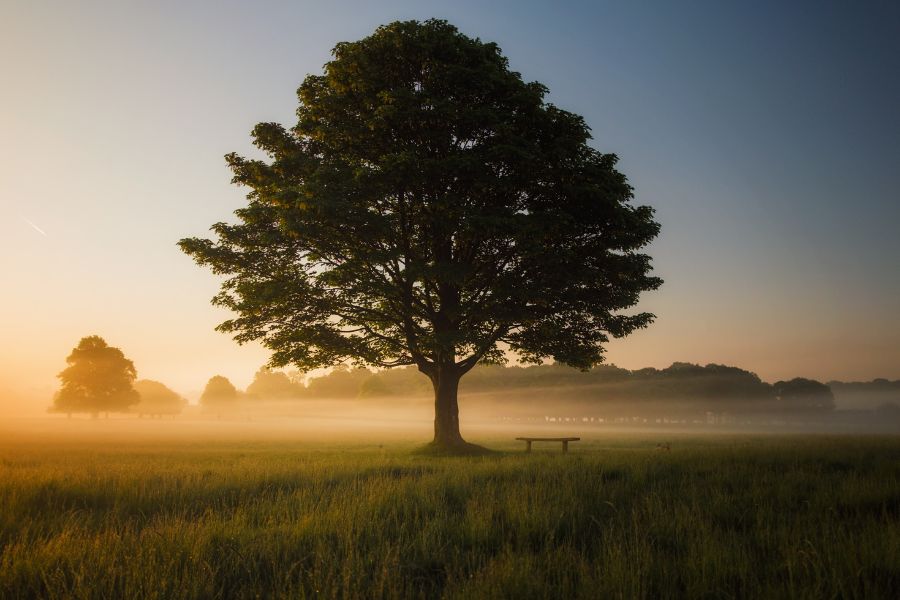
Courses
I’ve written courses for KS3, GCSE and A level students to help with different aspects of composition. IB students (MYP 4 & 5 and DP) may also find the content useful. I’ve used methods and ideas that have been successful in my classroom. Each tutorial is divided into sections with clear easy-to-navigate, interactive lessons, as well as example templates and compositions for you to download. More courses will be added regularly.
If you’re a teacher, you can purchase courses individually or get everything on the site as part of the Teacher Access Plan.
If you’re a student, your music teacher might have purchased the Classroom Access Plan which gives you and your classmates access to all the courses.
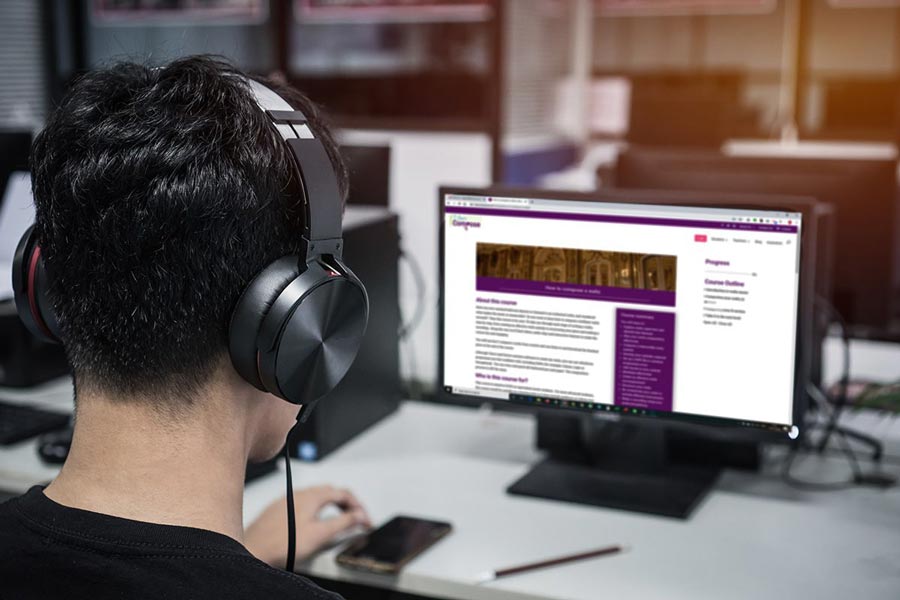
Teacher resources
For classroom music teachers there’s a wealth of downloadable materials, designed to save you time with planning. There are student listening packs, keyboard shortcut posters, composing activity packs and more. Again, these will be updated regularly so do keep checking to see what’s new, or sign up to the e-newsletter for the latest news.

